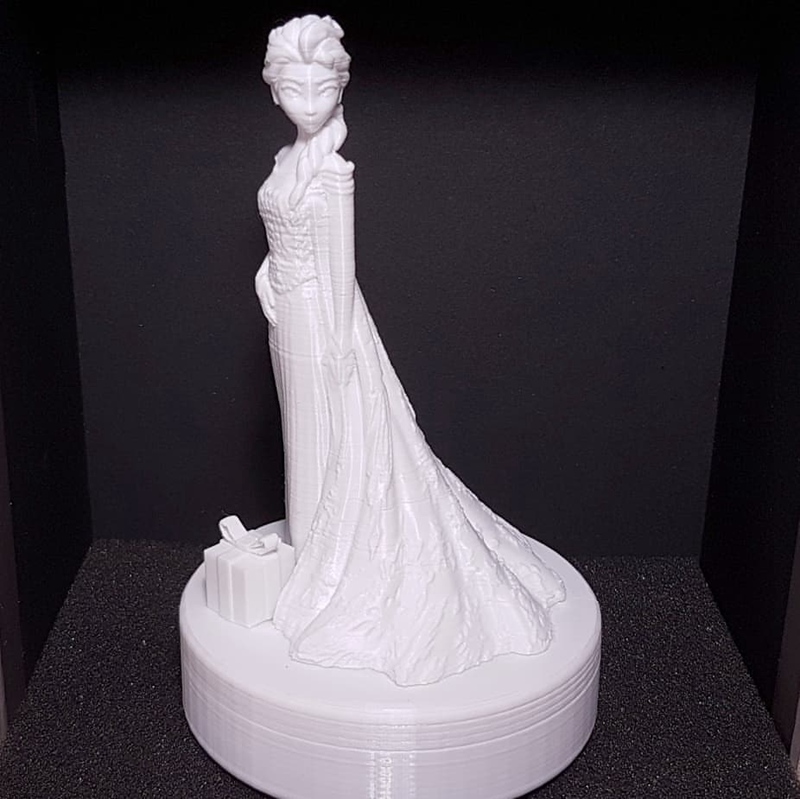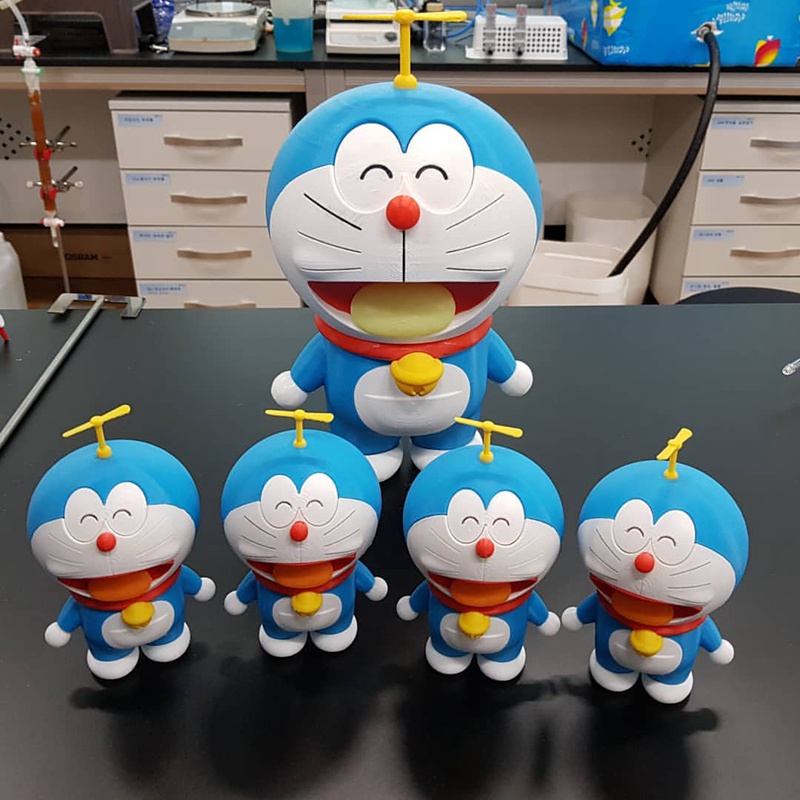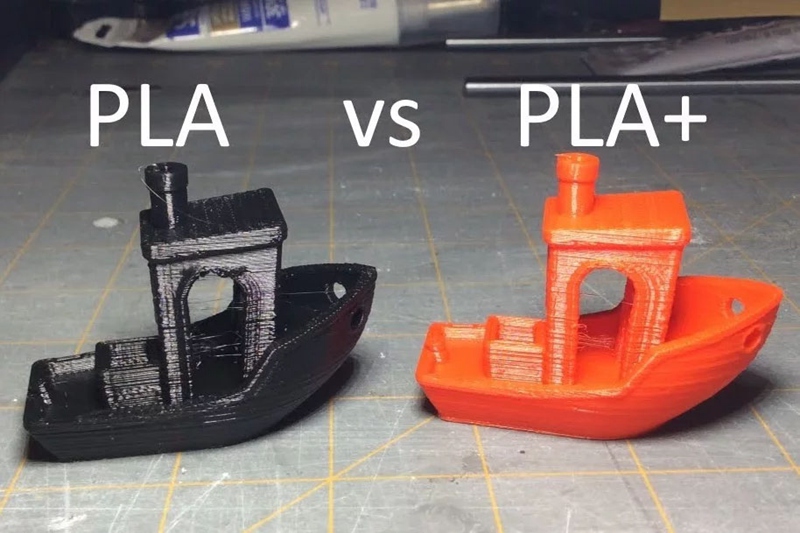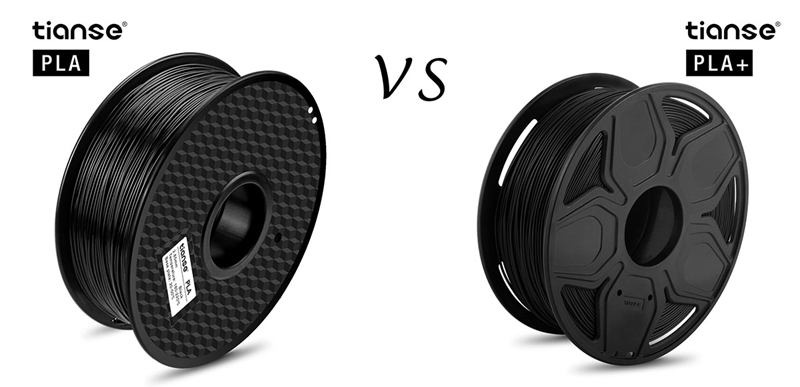In FDM printing, the two most common filament types are PLA and ABS. Both materials belong to thermoplastics, becoming malleable when exposed to high temperatures. However, PLA has an enhanced version, called PLA+, which is touted as having superior properties compared to regular PLA.
In some circles, PLA+ is defined as PLA with additives, but this only adds to the vagueness when attempting to differentiate it from regular PLA. It’s true that the two have many similarities, and you have to be very keen if you want to distinguish a PLA+ print from a PLA print.
(Source: Quinn / YouTube)
In this article, we try to clear the air around the PLA vs PLA+ mystery by a brief comparison.

3D Printed Elsa Using TIANSE White PLA
(Source: 3dprint.brb / Instagram)
PLA (Polylactic Acid) is the “default” recommended material for many desktop 3D printers, and with good attributes: PLA has a wide range of printing applications with the feature of being both odorless and low-warp, and doesn’t require a heated bed. PLA is also one of the more environmental-friendly 3D printer materials available, usually made from renewable resources (specifically corn starch or sugar cane), and requires less energy to process compared with conventional (petroleum-based) plastics.
PLA flows smoothly and seldom causes printing issues like nozzle clogging or warping. It can be used to print more detailed objects and will usually create sharp corners with ease. Compared to other materials, standard PLA has a relatively low print temperature, making it convenient and versatile for printing.
PLA+ 3D Printer Filament

3D Printed Doraemon Using PLA+
(Source: 3dmaterials_3d / Instagram)
There are no significant differences between PLA and PLA+. Even though the print settings, such as printing temperature and speed, are virtually the same, PLA+ tends to have slightly better surface quality, color, or mechanical properties.
Depending on the manufacturer, PLA+ is usually a mixture of other plastics, additives, or pigments which help in improving on the weaknesses of standard PLA, such as brittleness and moisture absorption. Most of PLA+ filaments are advertised as being tougher, less brittle, more durable, and better for layer adhesion.
Comparison: PLA vs PLA+
Below is a list of aspects typically associated with PLA+:
- Surface Texture: Standard PLA has a rough surface both on the surface of the layers and on the outer part of the layers.
- Overhang: PLA+ has better overhang attributes that leave less stringing on the final print.
- Print Temperature: PLA+ normally has a higher print temperature than regular PLA.
- Reflection: PLA+ has a glossy reflection that helps to showcase it better.
- Strength: According to a number of videos on YouTube, PLA+ seems harder to break. Users exposed it to a variety of tests, including smashing, bending, and weight holding. When over-stretched, PLA+ bends while regular PLA snaps.
Happy 3D printing and Merry Christmas!
(Originally published on https://all3dp.com/ licensed under a Creative Commons Attribution 4.0 International License.)
Post time: Dec-24-2018


